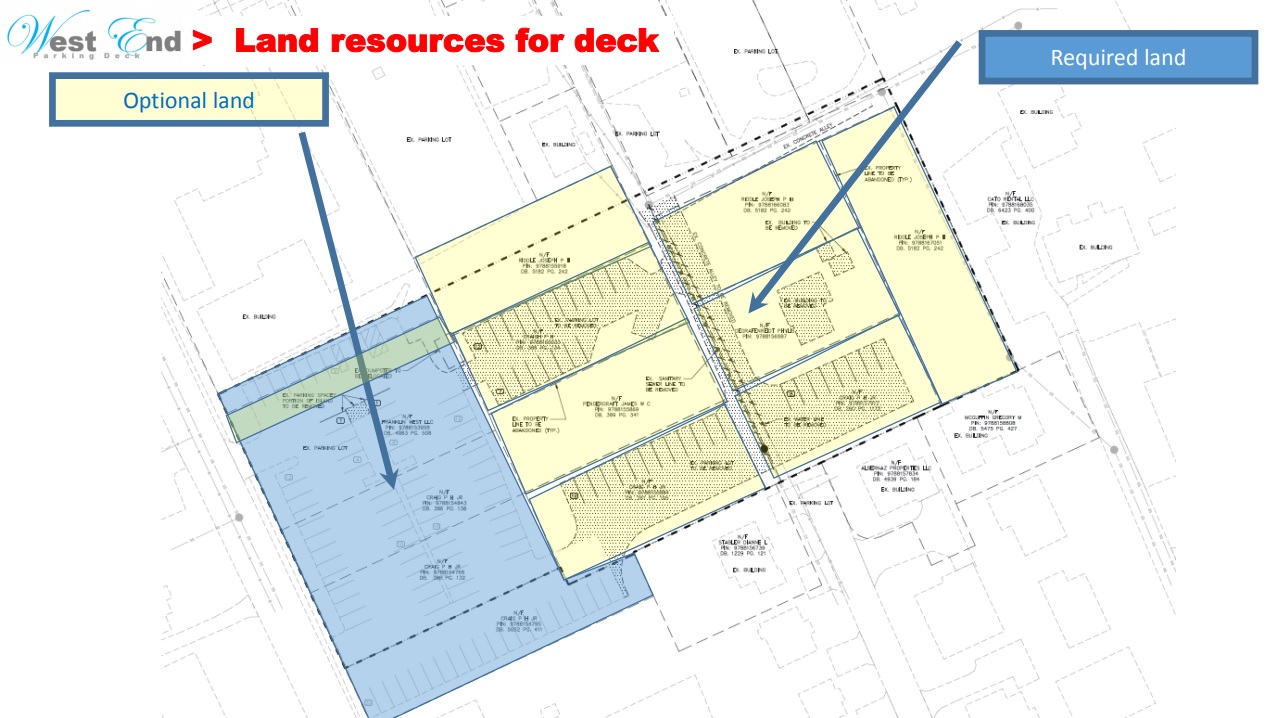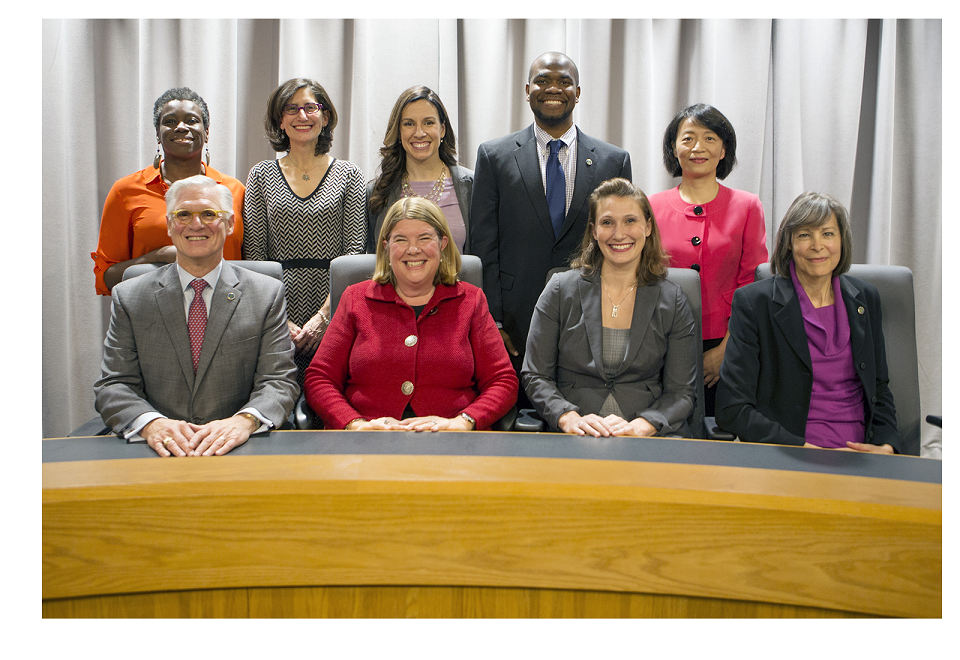An opportunity area for light industry and advanced manufacturing has been established in Chapel Hill by town officials as part of a year-long development pilot program.
The Chapel Hill Town Council voted last week to designate a 60-acre parcel of land for this program near the intersection of Eubanks and Millhouse roads.
Mayor Pam Hemminger endorsed the program as a way for the town to engage in conscientious development while accommodating the needs of local businesses.
“It’s a pilot program for the one year; we hear back in one year how it goes, and I think that we can commit so that we’re not going to be doing this somewhere else,” she explained. “I think it’s going to take us a year to work through all this anyway.”
The creation of a new zoning classification in Chapel Hill was considered by town officials last year in response to a growing demand for local office space.
That demand was cited by Hemminger before council members voted unanimously to amend the community master plan and approve the classification after months of debate.
“Our ability to respond to some of these requests we’re getting for new space, more space, office space, flex space — we’re not able to react fast enough for some of these projects that we most likely would like to have,” she claimed. “Having a defined area like this and having the definition almost similar to a form-based code in this zone area is going to be helpful in that regard.”
According to Jay Heikes, a planner with the municipal government, owners of property within the opportunity area will be able to take advantage of that classification.
“This is a change to the Chapel Hill 2020 land use plan, so we are calling out an area of [designated] parcels that are eligible for property owners to submit rezoning applications,” he specified. “If they’re not within this district — if it’s someone in a different part of town — they would not be able to come to you with a request for rezoning.”
In response to the implications of the program and how it may facilitate creeping development, Council Member Nancy Oates exhibited a degree of prudence.
“You know that we’re going to hear from other applicants saying, ‘Well, you let them do this,'” she predicted. “As far as the message that we’re sending out there, I just want to make sure that we’re not leaving ourselves open to a problem down the road.”
Concerns notwithstanding, an estimated $30 million to $60 million in additional property value is expected by town officials to be accrued from the program.
A mixed-use development that would create nearly 200,000 square feet of office and storage space in the opportunity area is already under review by council members.
Composite from Google Maps.
Related Stories
‹
![]()
Synthetic Turf Causes Community ConcernsIn June, the Chapel Hill Town Council agreed to move forward with new synthetic turf for the Homestead Park soccer field. But since that decision, community members have expressed concerns about dangerous carcinogens in the rubber that could endanger the athletes, contaminate storm water and harm the environment. In response to these concerns, Parks and […]

Chapel Hill Town Council Shares Feedback on Potential Splash Pad SpacesFor years, some Chapel Hill community members have pushed for the town’s park system to add a splash pad facility. The water recreation spaces have grown in popularity as inclusive and accessible ways to cool off and have fun. On Monday, the town council heard the results of a feasibility study on where to add […]

Proposed West End Parking Deck Gets Approval From Chapel Hill Town CouncilAs the Town of Chapel Hill works to provide more parking while reducing its surface lots downtown, plans for a parking deck on the West End of Franklin Street are being developed. Town staff presented an updated proposal for a five-level parking deck to the Chapel Hill Town Council on November 20. The deck, located […]

Chapel Hill Town Council Candidate ForumChapel Hill Town Council and Mayoral candidates gathered for a forum hosted on 97.9 The Hill. Town Council candidates include Jessica Anderson, Sue Hunter, Tai Huynh, Nancy Oates, Michael Parker, Amy Ryan and Renuka Soll. Mayoral candidates are Pam Hemminger and Joshua Levenson. Here is a list of questions that candidates were asked along with […]

Transit, Stormwater Among Concerns for Redevelopment of University Place in Chapel HillOwnership of the University Place mall continued to receive their first round of feedback on concept plans of a reimagining of the property. The Chapel Hill Town Council shared their impressions of the initial designs last week. The council’s review of the concept plans came just eight days after Ram Realty, the ownership group of […]

Endorsements Continue as Local Elections Approach in Chapel Hill, CarrboroCandidates in the upcoming Chapel Hill and Carrboro municipal elections received endorsements from the NEXT Chapel Hill & Carrboro advocacy group. NEXT, which describes itself as a group that supports progressive values in the two towns, shared the candidates the group supports in the 2019 election races on Monday. It said it evaluated candidates based […]

Chapel Hill Town Council Discusses Hiring Process for New Town ManagerChapel Hill’s Town Council discussed the expectations and competencies officials will be looking for when selecting a new town manager at Wednesday night’s meeting. Current town manager Roger Stancil announced in November that he will retire in the fall of this year after 12 years of service. President and founder of Developmental Associates Stephen Straus […]

Local Governing Bodies Swear in and Welcome Elected MembersLocal governing bodies have taken recent meetings to swear in and welcome new and returning elected members. The Orange County Board of Commissioners re-elected Mark Dorosin as chair at their meeting last Monday. “Thank you all, I really appreciate that vote of confidence. I will continue to do my best and appreciate your guidance and […]
![]()
Chapel Hill Town Council to Consider Changing Meeting DayThe Chapel Hill Town Council currently holds meetings on Mondays and work sessions on Wednesdays. According to an email from Council member Ed Harrison, that’s the way it’s been for over thirty years. Former Councilman Gerry Cohen tweeted after seeing this story that he could validate the meetings had been held on Mondays for at […]
![]()
Chapel Hill Officials Designate Land for Industrial UseAn opportunity area for light industry and advanced manufacturing has been established in Chapel Hill by town officials as part of a year-long development pilot program. The Chapel Hill Town Council voted last week to designate a 60-acre parcel of land for this program near the intersection of Eubanks and Millhouse roads. Mayor Pam Hemminger […]
›








